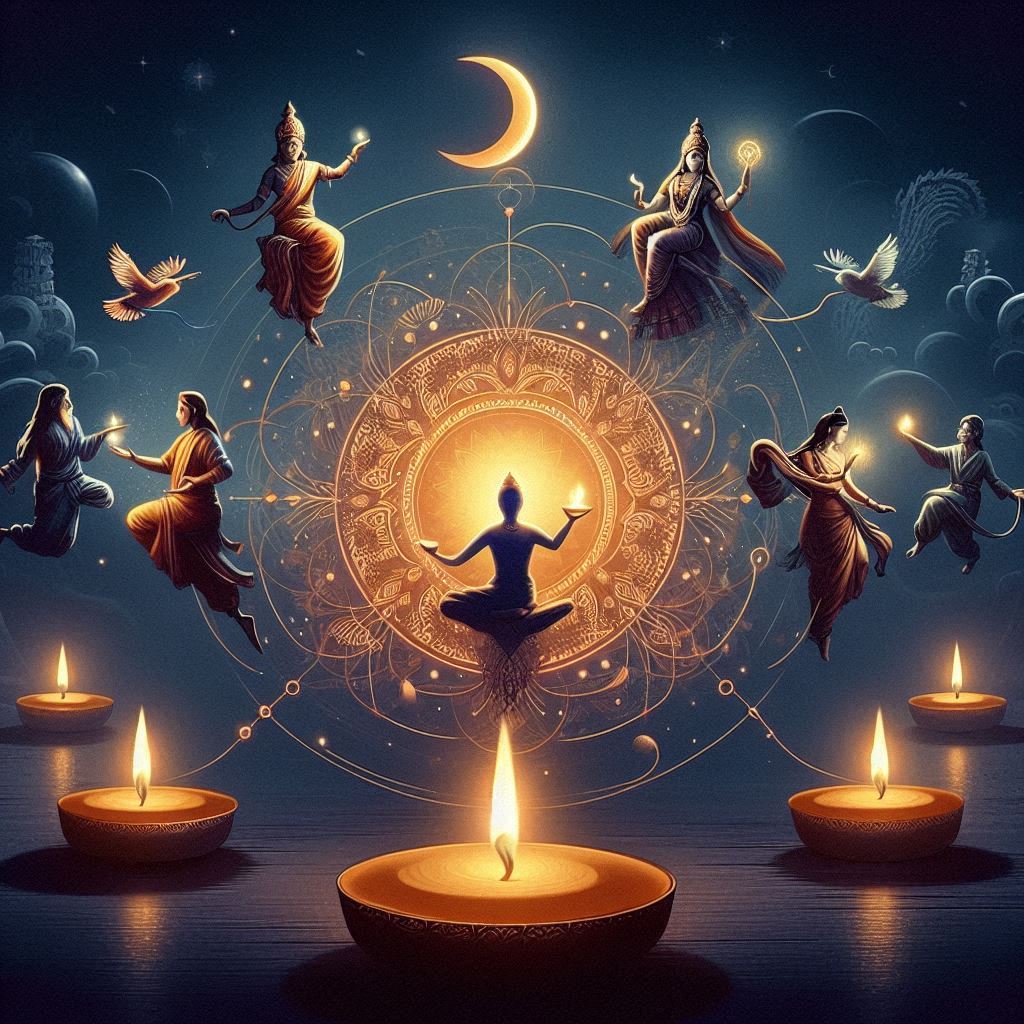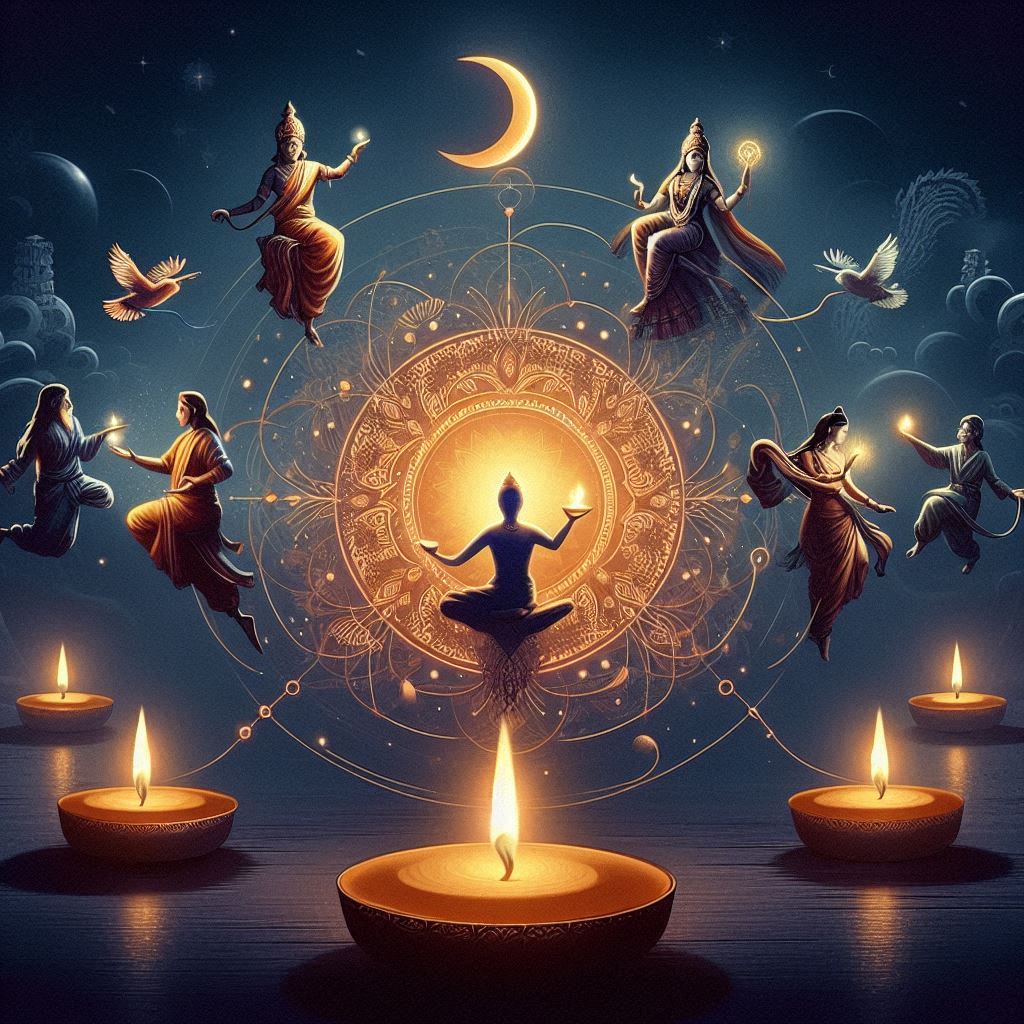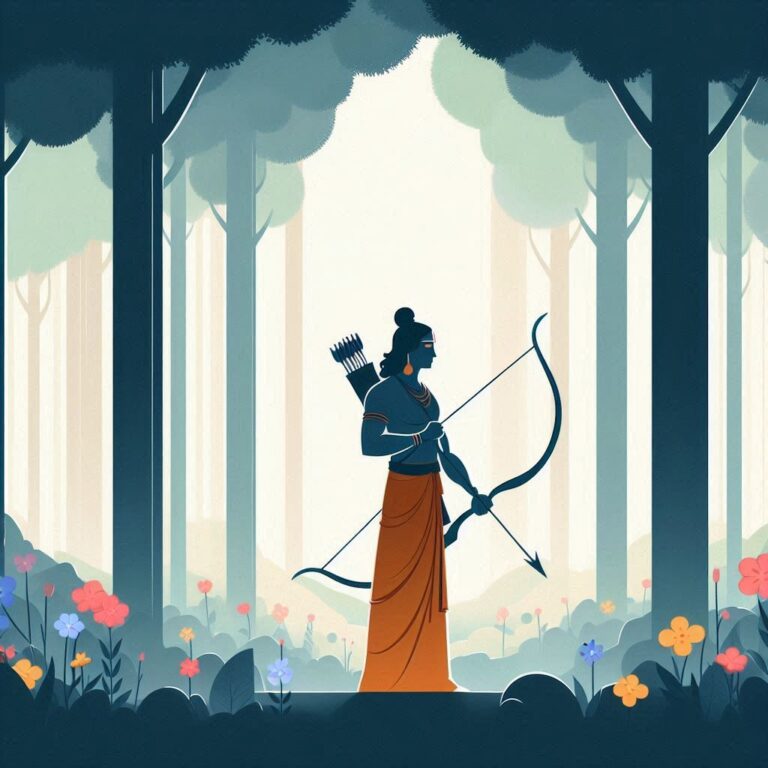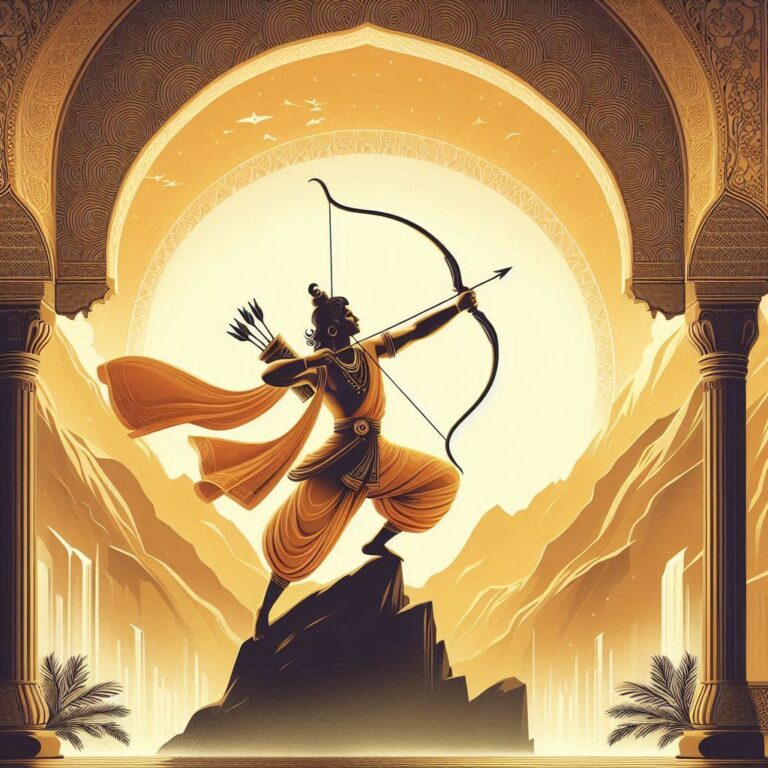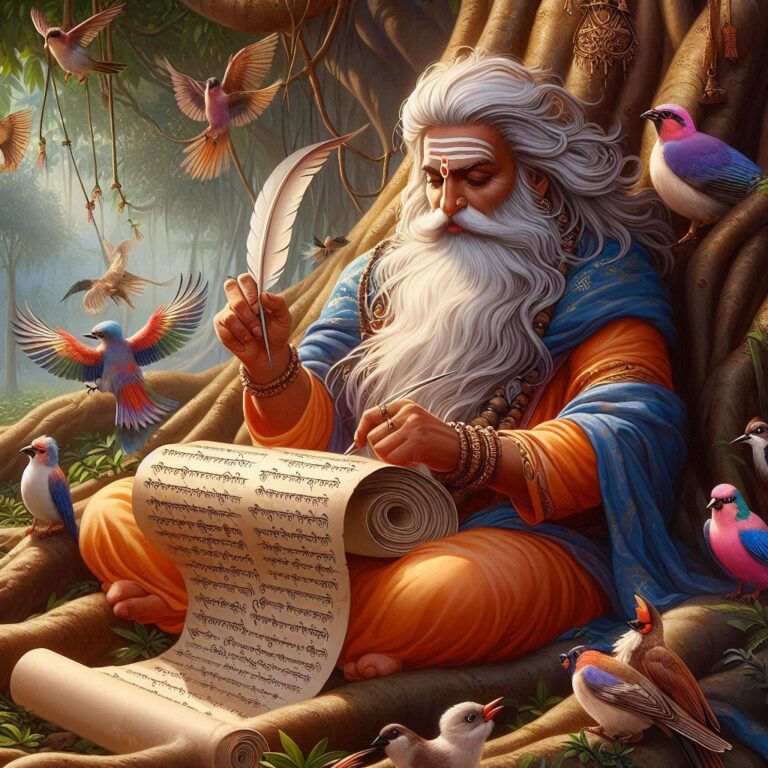Diwali’s Significance: Exploring its Connection to the Ramayan
Diwali and the Ramayana: A Divine Connection
Diwali, known as the Festival of Lights, is one of the most vibrant and widely celebrated festivals in India and across the globe. While it’s characterized by the lighting of lamps, bursting of fireworks, and a jubilant spirit, there lies a profound connection between this festival and the ancient epic of the Ramayana. So, what’s the real story here? Let’s dive into the fascinating relationship between Diwali and the Ramayana that not only gives us joy but also imparts valuable lessons for life!
The Ramayana: A Brief Overview
Before we delve into the Diwali connection, let’s quickly brush up on what the Ramayana is. Composed by the sage Valmiki, the Ramayana narrates the life of Lord Rama, his wife Sita, and his loyal companion Hanuman. This epic is much more than just a story; it encapsulates various themes like duty, honor, love, and the eternal struggle between good and evil.
At its core, the tale follows Rama’s quest to rescue Sita from the demon king Ravana. This arduous journey, filled with battles and sacrifices, ultimately leads to the victory of good over evil—a theme that resonates profoundly during Diwali celebrations.
Diwali’s Origin According to the Ramayana
Now, here’s where it gets interesting! Diwali is celebrated to commemorate Lord Rama’s return to Ayodhya after an exile of 14 years. During this period, Rama faced numerous trials, including the heartbreaking abduction of Sita by Ravana. His return marked not just a homecoming but also a message of victory, hope, and renewal.
A Festive Welcome
The people of Ayodhya, overjoyed by Rama’s return, illuminated their homes with diyas (oil lamps), creating a sparkling pathway for their beloved king. Just imagine the scene: thousands of glowing lights, the aroma of sweets wafting through the air, and hearts bursting with joy. Isn’t it heartwarming how the act of lighting lamps signifies the victory of light over darkness?
Diwali embodies this celebration—decorating our homes, lighting lamps, and feeling connected to the essence of hope and positivity.
Sholakas and Dohas Reflecting Diwali’s Significance
In Sanskrit literature, the beauty of poetic forms cannot be overstated. Let’s explore some Sholakas and Dohas that reflect Diwali’s essence in relation to the Ramayana.
1. श्लोक:
सर्वे भद्राणि पश्यन्तु मा कश्चिद्दुःखभाग्भवेत्।
(Sarve Bhadrāṇi Paśyantu Mā Kaścid Duḥkha Bhāg Bhavet)
Translation: “May all see auspiciousness, may no one suffer.”
This Shloka embodies the universal wish for joy and peace, capturing the spirit of Diwali’s celebration.
2. दोहा:
रामु अवतार भयो जन हित को।
अघ हरन के लिए रामराज्य लाओ सबको।
(Rāmu Avatāra Bhayo Jan Hit Ko, Aggha Haran Ke Liye Rāmarājya Lāo Sabko)
Translation: “Rama incarnated for the welfare of the people; bring the kingdom of Ram for the redemption of all.”
This Doha highlights Rama’s purpose and the values that Diwali represents.
3. श्लोक:
दिव्य दीपः सदा तत्र, यत्र रामः पूज्यते।
(Divya Dīpaḥ Sadā Tatra, Yatra Rāmaḥ Pūjyate)
Translation: “The divine light always shines where Lord Rama is worshiped.”
Lighting lamps during Diwali symbolizes invoking Rama’s presence and blessings.
4. दोहा:
बुराई मिटाने आये राम,
दीप जलो हर एक नाम।
(Burāī Miṭāne Aaye Rām, Dīp Jalo Har Ek Nām)
Translation: “Rama came to eradicate evil, light a lamp in every name.”
This represents the hopeful attitude of lighting lamps as a symbol of fighting darkness.
5. श्लोक:
कृते मयि परम शान्तिस्तु, रामो रामेषु धीरः।
(Kṛte Mayi Parama Śānti Tu, Rāmo Rameṣu Dhīraḥ)
Translation: “In me, may there be supreme peace, for those who are steadfast with Rama.”
Finding peace and stability in divine devotion during Diwali can motivate all of us.
The Symbolism of Light in Diwali
Light symbolizes knowledge, wisdom, and the triumph of good over evil, aptly represented by the lamps during Diwali. Similar to how the light from a diya dispels darkness, the teachings of the Ramayana guide us through life’s struggles.
Think about it: the glow of a diya reminds us of the inner light we all possess, and Diwali teaches us to nurture and share this light with others.
Why Diwali Matters Beyond Celebration
Is Diwali just about festivities? Not quite! The festival is also an opportunity for personal reflection and spiritual growth. Let’s highlight a few life lessons we can take from this time.
1. Reflect on the Good
When we celebrate Diwali, we should also reflect on our own actions. Just as Rama endured trials to uphold dharma (righteousness), we too can strive to make ethical choices.
2. Strength in Unity
Rama’s journey involved alliances with various characters, from Hanuman to the vanaras (monkeys). So, let’s remember the significance of relationships in our lives — in professional or personal circumstances, working together brings victories.
3. Embrace Forgiveness
The Ramayana teaches us about forgiveness, a vital ingredient for lasting peace. Diwali prompts us to forgive and move forward, ensuring we promote harmony in our relationships.
4. Celebrate Abundance
Diwali reminds us to appreciate the abundance in our lives—food, love, and friendships. In the spirit of sharing and giving, we create a ripple effect of gratitude and generosity.
5. Spread Light
Just as the people of Ayodhya shared their joy with the lighting of lamps, we should share love and positivity with those around us. Be it volunteering, helping a neighbor, or simply sharing a smile, spreading light in various forms can reaffirm our spiritual connections.
Conclusion: The Eternal Flame of Diwali
The bond between Diwali and the Ramayana is illuminating and timeless. Each Diwali, when we light our diyas and celebrate, we align ourselves with a narrative that transcends mere festivities. We engage with a story rich in values, love, and collective triumph.
So, the next time you light a diya, remember that it symbolizes not only Rama’s return but also your commitment to let your own inner light shine. May this Diwali inspire you to be the light in someone’s life just as Rama was for the people of Ayodhya.
FAQs
1. How does Diwali relate to the Ramayana?
Diwali celebrates the return of Lord Rama to Ayodhya after defeating Ravana, symbolizing the victory of good over evil.
2. Why do we light diyas during Diwali?
Lighting diyas signifies the removal of darkness and ignorance, and it symbolizes welcoming Lord Rama and prosperity into our homes.
3. What are some traditions associated with Diwali?
Some traditions include decorating homes, performing puja (prayers), exchanging sweets, and bursting crackers as a form of celebration.
4. What is the significance of the Ramayana in our lives?
The Ramayana imparts moral lessons about dharma, duty, love, and the struggle between good and evil, guiding us in our personal lives.
5. How can I celebrate Diwali meaningfully?
You can celebrate Diwali meaningfully by reflecting on your actions, helping others, sharing joy with loved ones, and embracing the spirit of forgiveness.
So, are you ready to spread some light this Diwali? Let’s keep the spirit of Rama alive and celebrate the goodness that resides in each of us!
